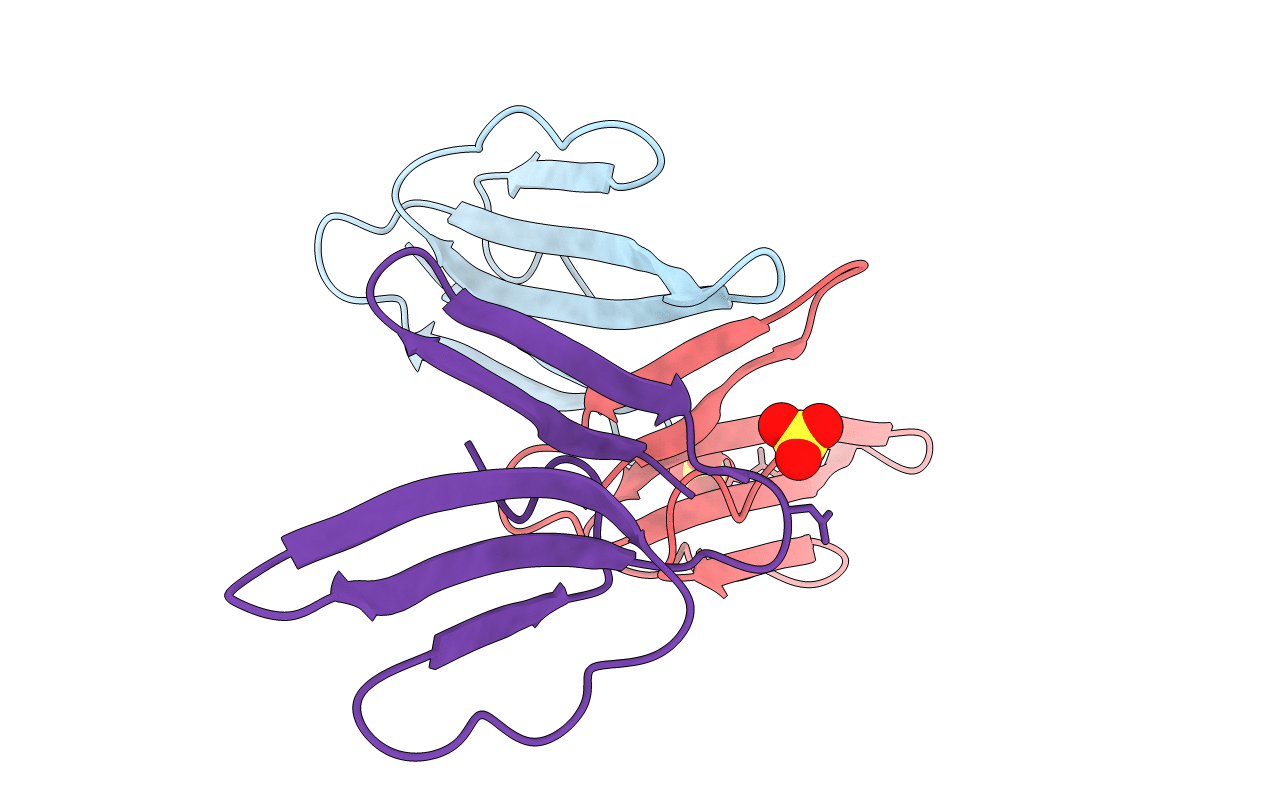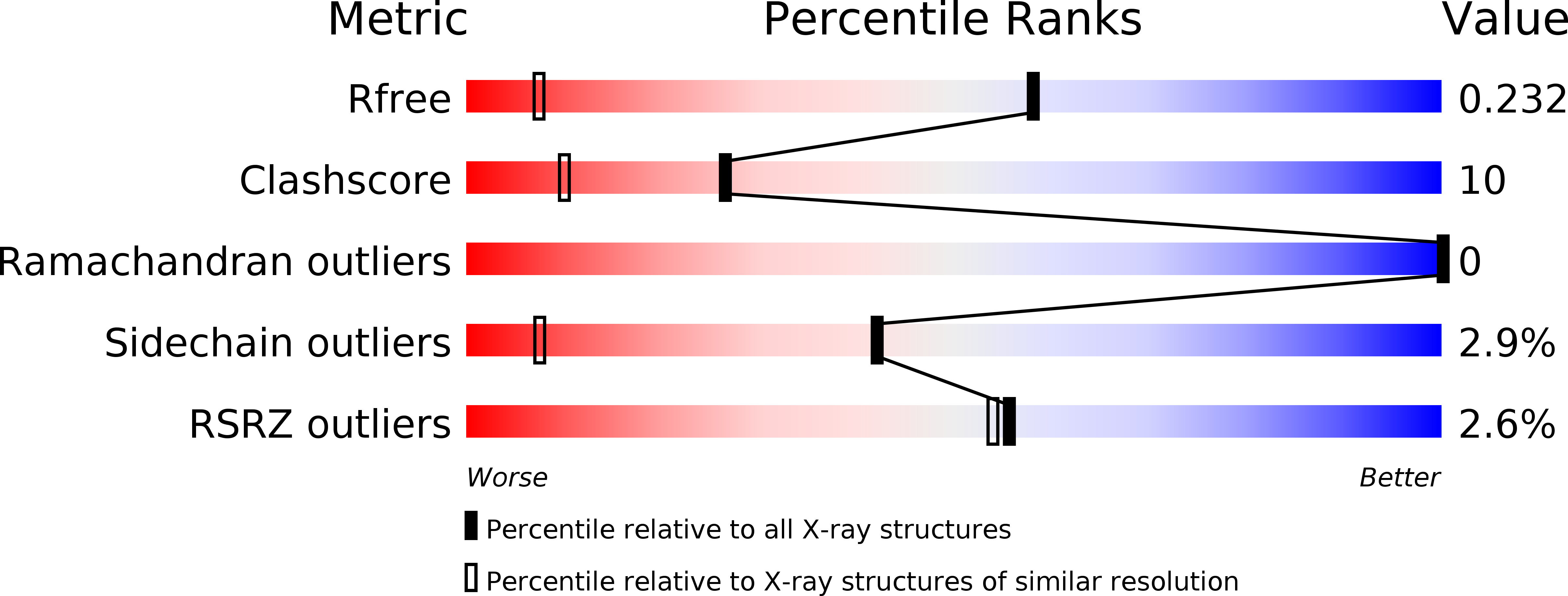
Deposition Date
2008-12-01
Release Date
2009-12-22
Last Version Date
2024-10-30
Entry Detail
PDB ID:
3FEV
Keywords:
Title:
Crystal structure of the chimeric muscarinic toxin MT7 with loop 1 from MT1.
Biological Source:
Source Organism:
Dendroaspis angusticeps (Taxon ID: 8618)
Method Details:
Experimental Method:
Resolution:
1.30 Å
R-Value Free:
0.23
R-Value Work:
0.21
R-Value Observed:
0.21
Space Group:
P 21 21 21


